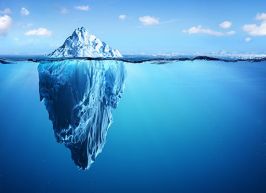Rejoignez getAbstract pour lire le résumé !

Rejoignez getAbstract pour lire le résumé !
Stephen Porder
Elemental
How Five Elements Changed Earth’s Past and Will Shape Our Future
Princeton UP, 2023
Aperçu
If you want to better understand the ways that human activities, such as burning fossil fuels, could impact planetary health, ecologist and evolutionary biologist Stephen Porder suggests you look to the past — billions of years in the past — for answers.
Recommendation
What do single-celled bacteria, Earth’s first land plants, and humans have in common? They’re all “world-changers,” according to Stephen Porder, a professor of ecology and evolutionary biology at Brown University. Learn how these life forms dramatically altered the course of planetary history by shifting the delicate balance of the five key elements: hydrogen, oxygen, carbon, nitrogen, and phosphorous. As Porder explains, by looking at the past — and the impact of organisms on the planet over billions of years — humanity can better plan for the future, as people react to climate catastrophe and protect the well-being of future generations.
Summary
About the Author
Stephen Porder is the Associate Provost for Sustainability at Brown University, where he’s also a professor of ecology, evolution, organismal biology, and environment and society.



















Comment on this summary